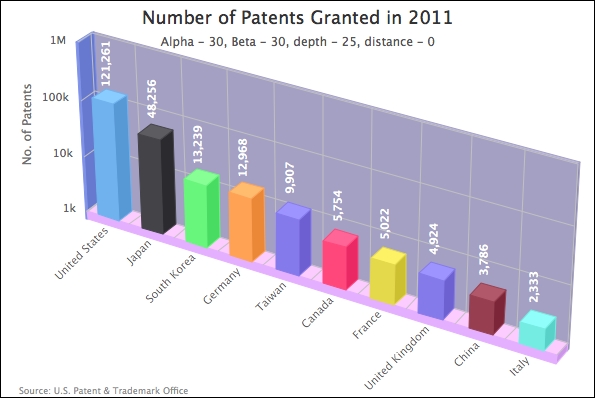3D charts have been the most long awaited and the most desired feature in Highcharts. A feature that has been in the subject of heated debate within the users' community. There are users who agree, and those that disagree with the use of 3D charts. The pro camp argue for the use of 3D charts, for example in sales and marketing reports or infographics posters. The con party argue that 3D charts are misleading in terms of accuracy in data visualization and comparison, so the development resources should be focused elsewhere. As for Highcharts, it takes the pro-choice direction.
This chapter focuses on the basics of 3D configuration and shows a gallery of charts presented in 3D, as well as several specific options in each supported series. In this chapter, we will learn:
What a 3D chart in Highcharts is and isn't
Experimenting with 3D chart orientation:
alpha,beta,depth, andviewDistanceConfiguring the 3D chart background
Plotting the column, pie, donut, and scatter series...





